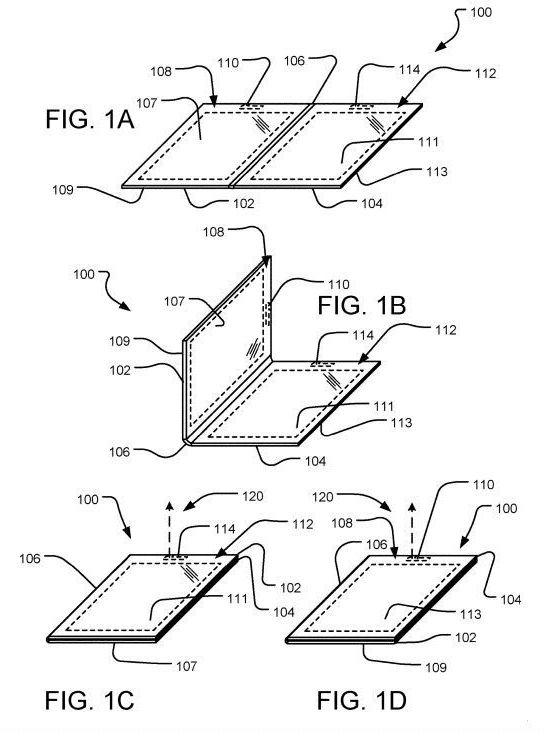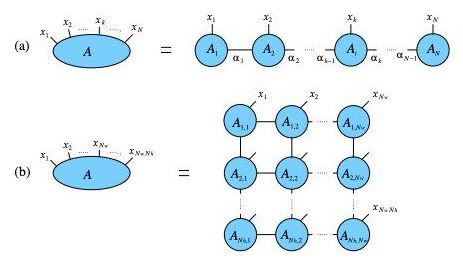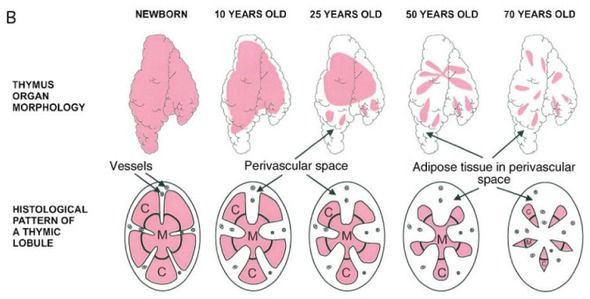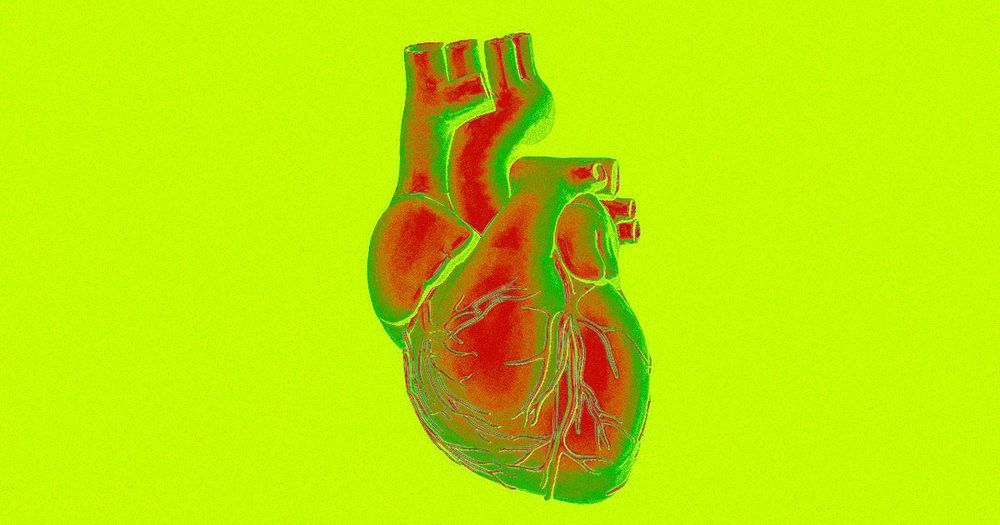When Elon Musk and the team at Tesla unveiled the Tesla Roadster 2.0, a new stake was pounded into the tarmac, cementing the new Roadster and electric cars as the performance kings in nearly every meaningful category. It puts supercars to shame and at a fraction of the price.
With such a high bar being set at such a low price point, a no holds barred electric supercar seemed to be the only thing that could possibly top the high marks set by the new Tesla Roadster. Travel with me over to unlikely Sveta Nedelja, Croatia, where Mate Rimac and his motley crew of twisted engineering geniuses at Rimac Automobili assemble battery powered beasts that shake the boots off even the most seasoned track driver.
A 30 million euro round of fundraising last year from Asia’s largest battery manufacturer, Camel Group Ltd laid the foundation for Rimac’s new Concept_Two and now, finally, the beast is loose with full specs and a photo shoot to get fans drooling.






